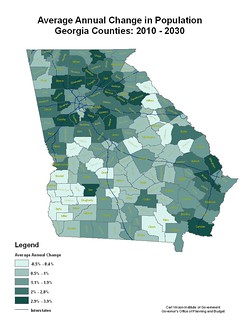 Ron Borders
introduced
Congressman Austin Scott (R GA-08) who
made some remarks
on the front porch at the Chamber of Commerce Thursday 10 January 2013.
Ron Borders
introduced
Congressman Austin Scott (R GA-08) who
made some remarks
on the front porch at the Chamber of Commerce Thursday 10 January 2013.
Bookended by some formulaic remarks about debt (without mentioning that it’s already mostly solved), the Congressman noted he is on the Committee on Armed Services. He said there is no current BRAC (Base Realignment and Closure Commission), although one has been asked for. He said a BRAC wouldn’t do anything for near-term debt, anyway (but he didn’t say anything about ending the war in Afghanistan or stopping funding for un-needed weapons systems as ways of saving money).
He said he is the chair of a House Agriculture Subcommitee (Horticulture, Research, Biotechnology, and Foreign Agriculture). He said he was for research, for the agricultural extension, and for agricultural exports.
Here’s the WCTV news report, with responses by Gretchen Quarterman, Chair of the Lowndes County Democratic Party (LCDP).
Here’s a video playlist:
Continue reading
















